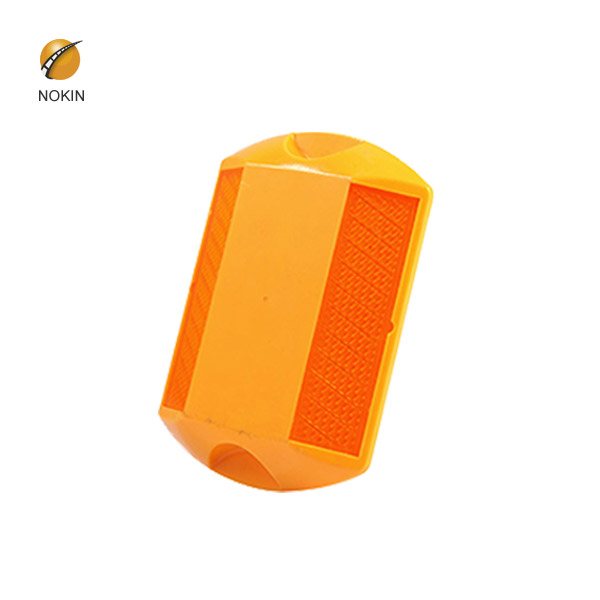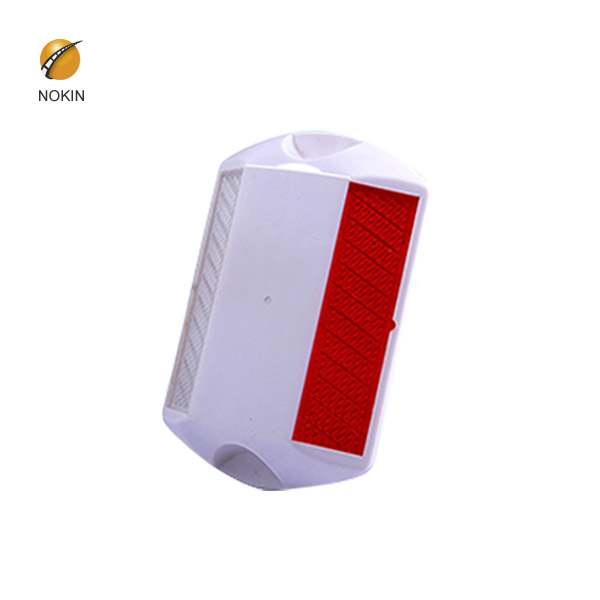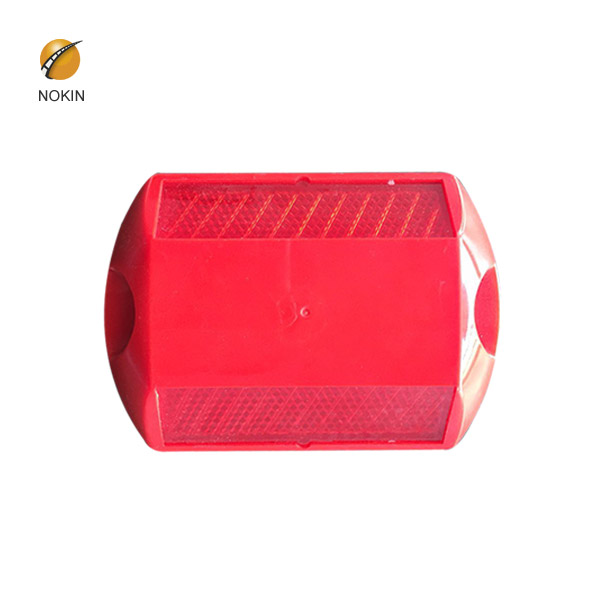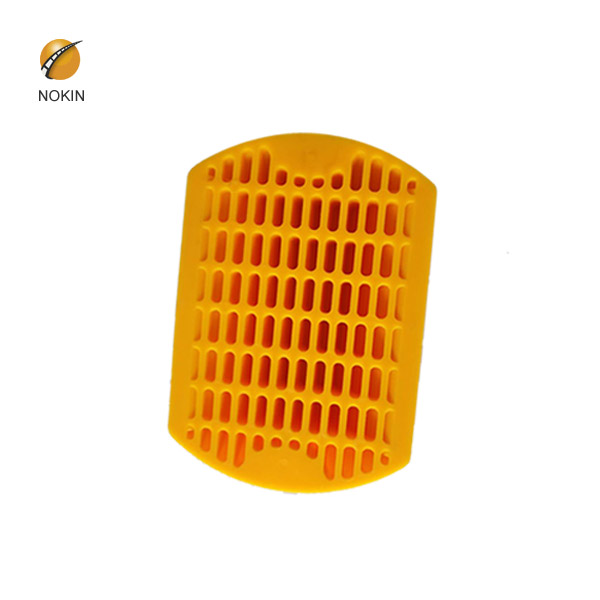



Reflective studs on motorway are safety devices used on roads. These devices are usually made of plastics, ceramics, thermoplastic coatings or occasionally metal, and come in a variety of shapes and colors. Reflective studs on motorway include lenses or reflective sheets, which enhance visibility by reflecting automobile headlights. Some other names for specific types of reflective studs include convex vibration lines, Botts' dots, contour lines, cat's eyes, road studs or road turtles. Sometimes they are simply referred to as "reflectors".
The specifications of Reflective studs on motorway:
| Body material | ABS |
| Size | 116*82*18mm |
| Lens Material | PMMA |
| Reflector type: | Double side/Single side |
| Color | Red, Yellow, Green, Blue, White |
| Packing | 50pcs/carton |
| Carton size | 38*36*23cm |
| Load capacity | 15Tons |

Close proximity to the M1 Motorway adds extra commuting appeal to what is an already fine location. Directions. From Lisburn – take a left off Young Street onto the Old Ballynahinch Road. Follow for 2.5 miles. Take a right at the sign for Duneight Motte and Bailey onto Green Road. Travel a further 0.5 mile.
Green studs run between a motorway and its slip road. White studs run between the lanes on a motorway. Amber studs run between the central reservation and the carriageway. Red studs run between the carriageway and the hard shoulder. The hard shoulder should normally only be used for stopping in an emergency.
White studs mark traffic lanes or the centre of the road. The left-hand side of the carriageway is marked by red studs. The edge of the central reservation of a motorway or dual carriageway road is highlighted by amber studs. Green studs are used to mark lay-bys and the entrances to, and exits from, slip roads.
Road reflectors, also called raised pavement markers, are designed to help control traffic while encouraging safer driving conditions.
Highways England are to use intelligent road studs which light up in response to changing traffic lights at the Switch Island motorway junction in Merseyside in an attempt to improve safety for drivers. In a first for the country, it’s installing around 170 of the innovative LED road studs where the M57, M58 and 3 A roads all join together
Oct 24, 2018 · Because of arbitrary historical choices by national governments acting independently, and contrasts with other stuff that already existed. Within Europe, most directional road signage is either white text on a green background, white on blue or bl
Green Flag Limited is an introducer appointed representative of U K Insurance Limited. Green Flag Limited, registered office: The Wharf, Neville Street, Leeds, LS1 4AZ. Registered in England and Wales, No. 01003081. Calls may be recorded.
Smart lights in the road surface which help drivers stay in the correct lane have been introduced for the first time at a major motorway junction. Highways England installed 175 of the airport-runway-style LED road studs to help mark out lanes at one of England’s busiest motorway junctions – used by over 90,000 vehicles every day.
Permanent 290 Reflective Road Studs. These road studs are made by 3M and are the most commonly seen on the UK road network. They are specially designed for long-term temporary installations or permanent installations. The 290 Road Stud or Cats Eye as it is commonly known is available with a white body or yellow body, which you can choose from
Motorway road signs are always blue in colour and are used to inform motorists of directions or general information. Motorway signs are often in place from as much as one mile to provide traffic with sufficient warning to change to an appropriate lane if necessary.
motorway studs are placed to the far right, running alongside the central reservation. Green motorway studs indicate where a junction either joins or leaves a motorway, often called a motorway slip road .
White. White studs are the most commonly seen, they are to indicate the centre line of the carriageway or markings between lanes traffic. White studs as positioned at 18 m centres when used with centre lines (1005.1) or lane divisions (1008.1) (ie. every two lines), at 9 m centres with hazard lines (1004.1) (ie. between every line) and at 4.5 m centres when used with a system of double white
Reflective road studs may be used with white lines. • White studs mark the lanes or the middle of the road. • Red studs mark the left edge of the road. • Amber studs mark the central reservation of a dual carriageway or motorway. • Green studs mark the edge of the main carriageway at lay-bys and slip roads.
Amber Solar Road Studs For Motorway NK-RS-A6-1 Green Road Studs On Motorway NK-RS-X5 Anti-UV PC Motorway Road Studs NK-RS-K1 Thickness 11mm Colors Road Studs Motorway NK-RS-Q7 Motorway Light Led Solar Road Studs NK-RS-D1
Since mid-2013 you may have noticed that Google Maps UK ceased to use the standard UK map road colours, for example, blue for a motorway and green for a dual carriageway. This is because different countries have different conventions for road type colours so where a map covers several countries confusion arose over the changing colours of equal